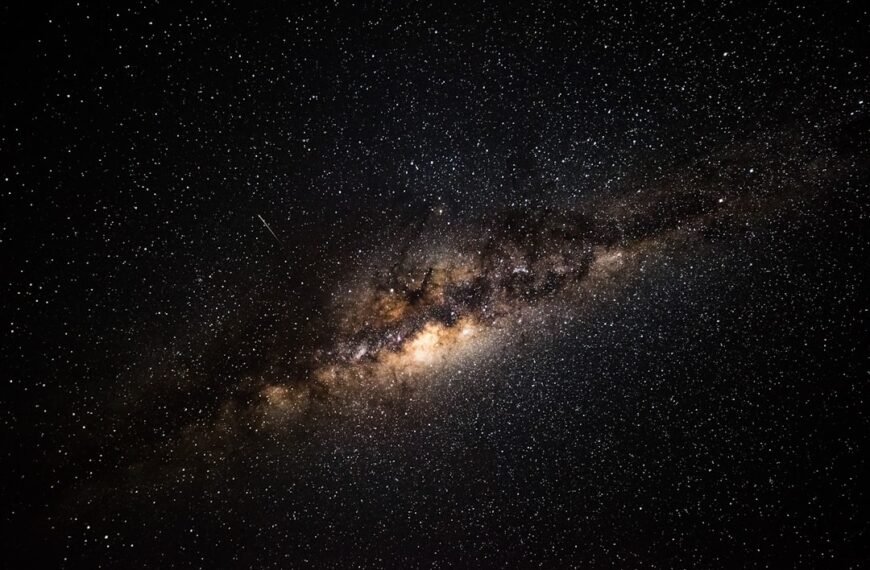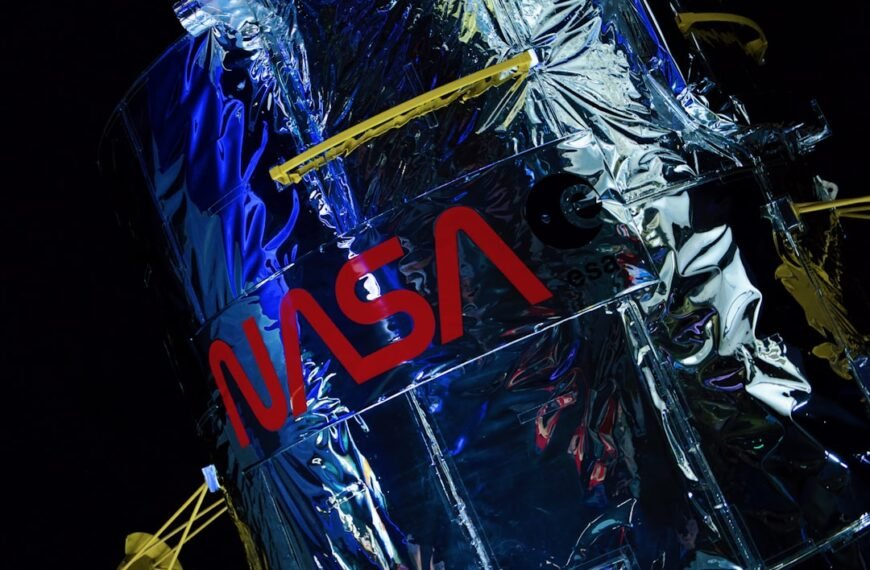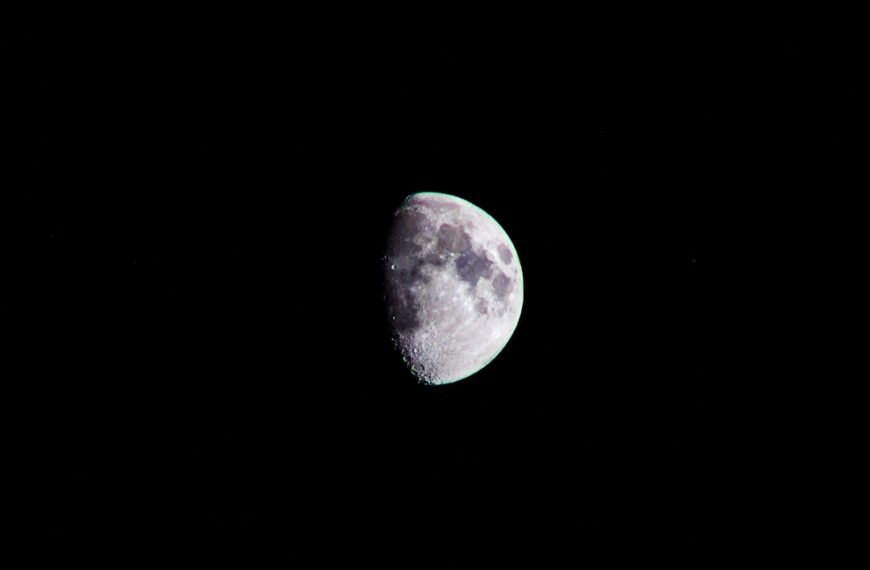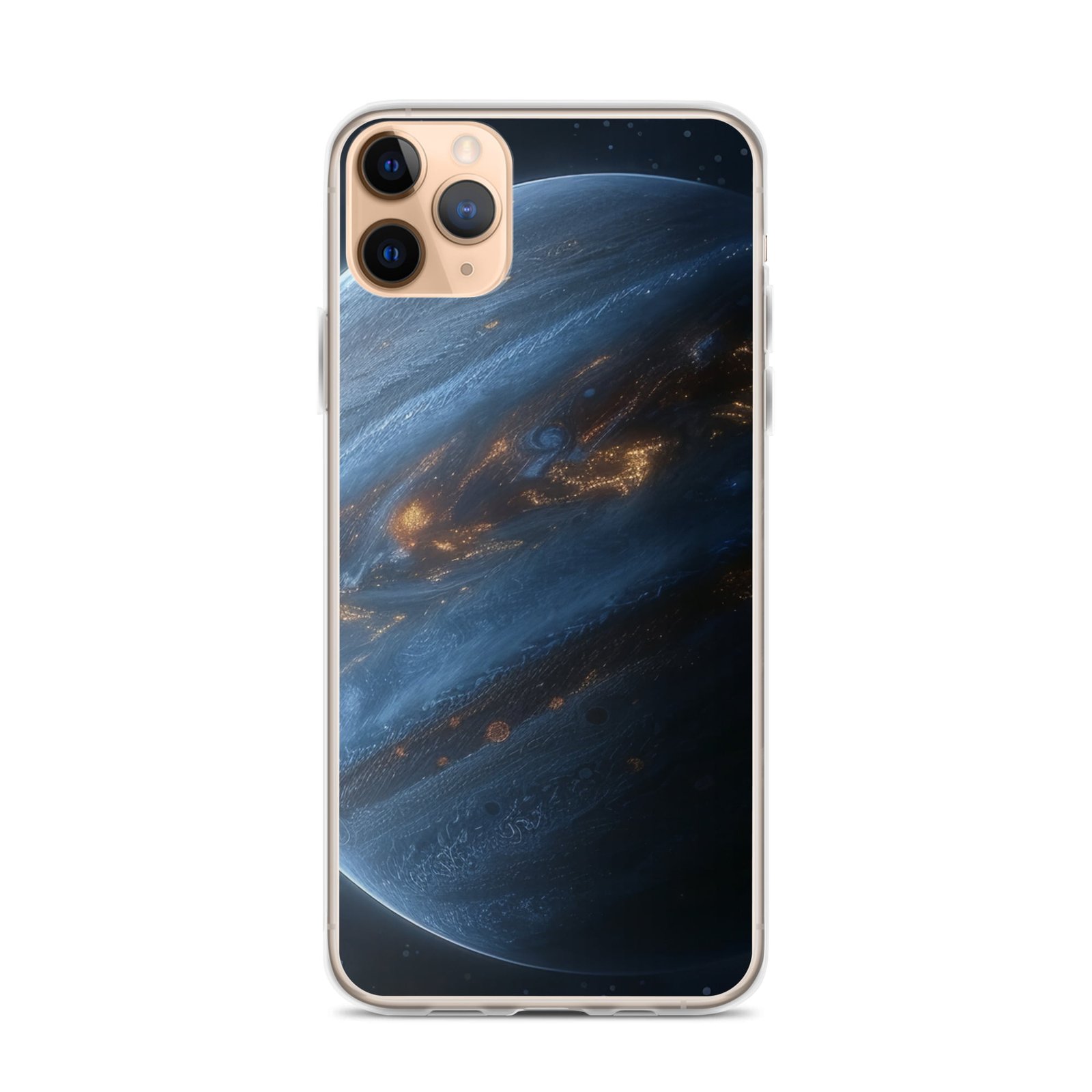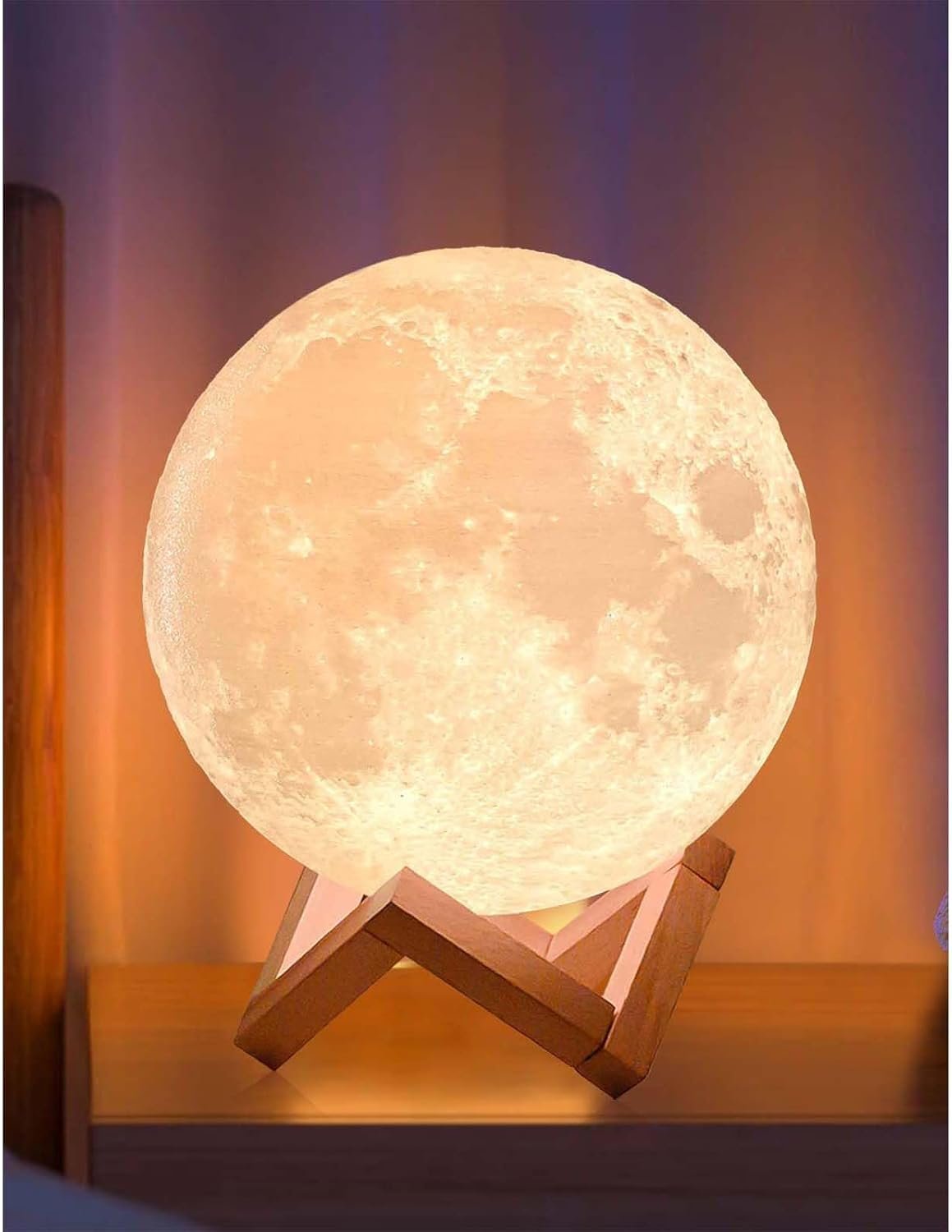Explore the extreme weather of our solar system: from Venus’s acid clouds to Titan’s methane rains and Jupiter’s massive storms.
Key Takeaways 📝
- Extreme Conditions: Venus’s atmosphere is primarily composed of corrosive sulfuric acid, challenging previous assumptions about its cloud composition and revealing the planet’s extreme heat of 900°F, hotter than Mercury.
- Remarkable Discoveries: Radar images from NASA’s Magellan orbiter suggest that the highest peaks on Venus may be coated in metallic frost, hinting at unexpected weather phenomena even in such harsh environments.
- Dynamic Dust Storms: Mars experiences planet-wide dust storms that can block up to 99% of sunlight, demonstrating how even a thin atmosphere can lead to significant weather events that affect exploration missions.
- Epic Storms on Jupiter: Jupiter’s storms generate lightning ten times more powerful than Earth’s, driven by water and internal heat, showcasing the planet’s immense energy and scale.
- Unique Weather on Titan: Titan’s methane rains carve river channels and create lakes, illustrating how alien weather patterns can significantly shape landscapes in ways that differ from Earth’s water-based systems.

Our solar system is a vast and diverse realm, home to a dazzling array of planetary bodies, each with its own unique weather patterns and atmospheric conditions. From the scorching heat of Venus to the frigid landscapes of Titan, the storms raging across these alien worlds have rewritten the rulebook on what we thought was possible. Join us as we uncover the secrets behind the extraordinary weather found throughout our solar system.
The Crushing Storms of Venus
Venturing to our closest planetary neighbor, Venus, we encounter a world shrouded in a thick, churning atmosphere of corrosive sulfuric acid. Historically, it was thought that the clouds of Venus might be made of water, but as we’ve learned, the reality is far more extreme. These clouds are composed of highly concentrated sulfuric acid, a substance so corrosive that if you were to go skydiving through them, there wouldn’t be much left of you by the time you reached the surface.
But the challenges don’t end there. The surface of Venus is a relentlessly hot landscape, with temperatures reaching a staggering 900 degrees Fahrenheit – hotter than the planet closest to the Sun, Mercury. This extreme heat is a result of Venus’s incredible greenhouse effect, driven by an atmosphere that is 965% carbon dioxide. To put that in perspective, even a mere 0.04% increase in CO2 in Earth’s atmosphere is enough to initiate a climate crisis.
Venturing to the Highest Peaks
Yet, even on this scorching world, there are signs of a strange and unexpected phenomenon. Radar images from NASA’s Magellan orbiter have revealed bright, radar-reflective regions on the highest peaks of Venus, such as the Maxwell Montes. These bright spots have led scientists to speculate that they may be coated in a metallic frost, as the temperature drops enough at these elevated regions for certain compounds to solidify.
The Dust Storms of Mars
Leaving the crushing world of Venus behind, we head to our next destination – the red planet, Mars. Here, we encounter an atmosphere that is more than 10,000 times thinner than Venus’s, yet it is still home to its own unique weather patterns. Images from Mars rovers have revealed strange, overlapping lines that appear and disappear, suggesting a dynamic and shape-shifting landscape.
The culprit behind these bizarre features is the Martian atmosphere itself. As the seasons change and temperatures fluctuate, powerful dust storms are unleashed, kicking up vast amounts of dust that can block up to 99% of incoming sunlight. These storms, which can grow to engulf the entire planet, posed a significant challenge for the Mars rovers Spirit and Opportunity, as the dust coating their solar panels threatened to cut off their power supply.
The Gargantuan Storms of Jupiter
Venturing further into the solar system, we encounter the gas giant Jupiter, a world of truly epic proportions. Juno, NASA’s spacecraft exploring this colossal planet, has revealed the sheer scale and power of Jupiter’s storms, with lightning bolts ten times more energetic than anything recorded on Earth. These thunderstorms, fueled by the planet’s abundant water, release an immense amount of energy, equivalent to a nuclear blast.
But Jupiter’s storms are not just powered by water – the planet’s own internal heat, generated by the slow cooling of its core, also plays a crucial role. This internal heat drives the formation of towering, violent thunderclouds, where the energy released from condensing water vapor powers the planet’s legendary storms.
The Methane Rains of Titan
Our final destination is Saturn’s largest moon, Titan, a world that in many ways resembles our own, yet is strikingly alien. Unlike the water-based weather patterns we’re familiar with on Earth, Titan’s storms are driven by a different substance – liquid methane. This flammable gas rains down from Titan’s skies, carving intricate river channels and forming vast lakes and seas across the moon’s surface.
Cassini’s exploration of Titan has revealed a world of incredible complexity, where the seasons play a crucial role in shaping the landscape. As Saturn’s tilt causes the seasons to change, the methane-rich atmosphere experiences dramatic shifts, with monsoon-like storms unleashing torrential rains that flood the desert regions, only to recede and leave the land dry once more.

As we’ve explored the weather patterns of our solar system, we’ve encountered a dizzying array of exotic and extreme phenomena, each shaped by the unique atmospheric conditions and chemical compositions of the worlds we’ve visited. From the corrosive clouds of Venus to the dust storms of Mars and the gargantuan thunderstorms of Jupiter, these alien weather systems have taught us that the diversity of our solar system is truly astounding.
But the lessons we’ve learned go beyond just the weather itself. They’ve shown us that the fundamental laws of nature – the need to move energy from where it’s plentiful to where it’s scarce – are universal and that the unique conditions found on each world determine the chemistry and processes that drive their storms and shape their surfaces.
As we continue to explore the weather of our solar system and beyond, we can only imagine the incredible discoveries that await us. The possibilities are endless, and the potential to unlock the secrets of these exotic worlds is a thrilling prospect. So let us continue our journey, embracing the wonder and mystery of the storms that rage across the vast expanse of our solar system.





